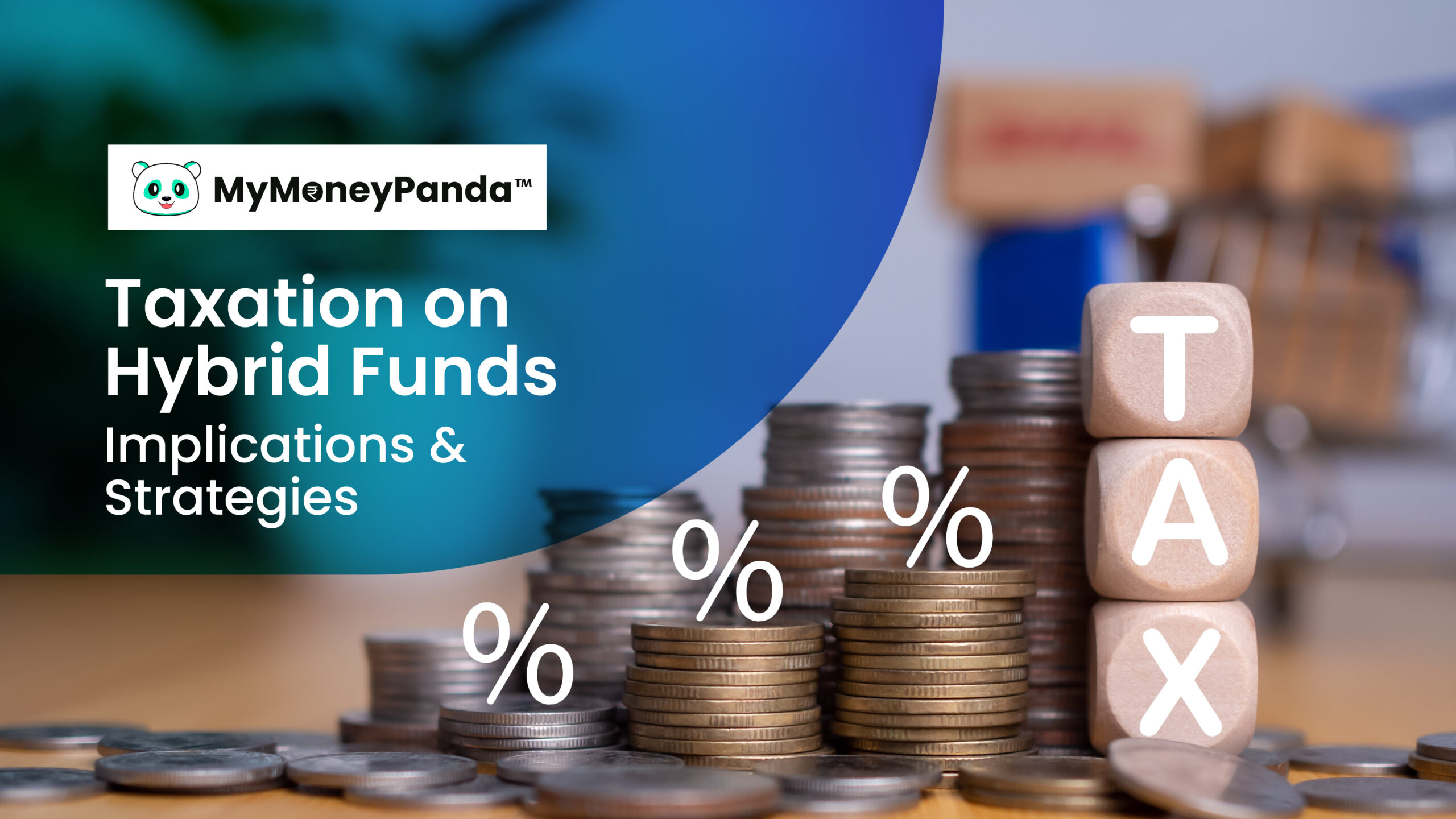Imagine you have a jar of candies. Instead of having only one type of candy in the jar, you have a mix of chocolates, gummies, and lollipops. That’s what hybrid mutual funds are like – a mix bag of different investments. Instead of putting all your money in just one asset class, these funds spread your investment across multiple asset classes i.e. stocks, bonds, and gold etc to diversify risk and reduce fund’s volatility.
New Taxation
How much tax you pay on the money you make from investing in hybrid funds depends on how much of that fund is invested in equities. So, before you invest in a mixed fund, it’s important to know how much of it is in equities. If you don’t, you could end up owing more taxes than you expect when you cash out.
When you put your money into a hybrid mutual fund, there are three types of taxes you might have to pay:
Long-Term Capital Gains Tax (LTCG)
This tax applies when you make a profit from selling your investment after holding it for a certain period. For hybrid funds that invest more in stocks (equity-oriented), you will pay LTCG tax if you sell your investment after holding it for more than a year. But for those investing more in debt (debt-oriented), you will pay LTCG tax if you sell after holding for more than three years.
Short-Term Capital Gains Tax (STCG)
If you sell your investment within a short period, typically less than a year, you may have to pay STCG tax.
Dividend Income
If you choose to receive dividends from your hybrid fund, you will have to pay taxes on that income. The amount you receive as a dividend will be added to your total income and taxed according to your marginal income tax rate.
Here’s a table that shows how different mutual fund investments are taxed:
| Fund Type | Holding Period | New Tax Rates(After 31 March 2023) | ||
| STCG | LTCG | Dividend | ||
| Conservative Hybrid Funds(Equity: 10%-25%, Debt: 75%-90%) | 36 months | Slab rate | Slab rate | Slab rate |
| Other funds(invest more than 35% but less than 65% in equity) | 36 months | Slab rate | 20% with indexation | Slab rate |
| Balanced Hybrid Funds(Equity: 40%-60%, Debt: 60%-40%) | 36 months | Slab rate | 20% with indexation | Slab rate |
| Aggressive Hybrid Funds(Equity: 65%-80%, Debt: 35%-20%) | 12 months | 15% | 10% without indexation | Slab rate |
FAQs
1. How are dividends from hybrid funds taxed?
Since the Union Budget of 2020, any money you get from dividends in any kind of mutual fund is taxable at your marginal tax rate.
2. What is the current taxation framework for hybrid funds?
For Hybrid Equity-Oriented Funds, the short-term capital gains tax rate is 15% plus cess and a surcharge of 4%, while any long-term gains exceeding Rs 1 lakh are taxed at 10% plus cess and a surcharge of 4%, without indexation.
For Hybrid Debt-Oriented Funds, both short-term and long-term capital gains are taxed according to the investor’s income tax slab rate.
3. What should investors consider regarding taxation when choosing hybrid funds?
When choosing hybrid funds, investors should consider the tax implications, such as whether the fund is equity-oriented or debt-oriented, as it determines the applicable tax rates for both short-term and long-term gains. Additionally, they should assess their own tax slab rate to determine the most tax-efficient investment option.
4. What strategies can investors adopt to optimize tax outcomes with hybrid funds?
Investors can optimize tax outcomes with hybrid funds by strategically balancing their investments between equity-oriented and debt-oriented funds based on their investment horizon and tax slab rate.

Leave a Reply